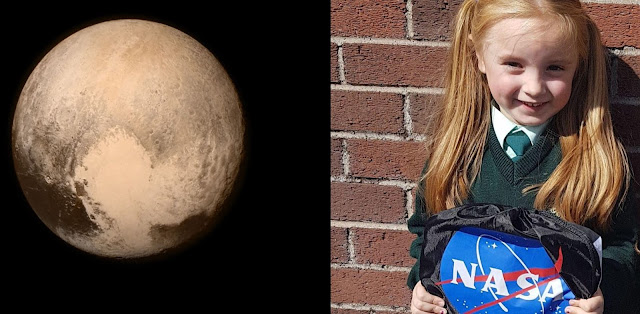Astronomers Have Witnessed The Birth Of A Black Hole For The First Time Ever
In a galaxy 22 million light-years distant, a black hole was born. For the first time in recorded history, humans were watching the astronomical phenomenon, reports a team from NASA, Ohio State, and Caltech.
The “Fireworks Galaxy” is known for its frequent supernovae. But starting in 2009, one of its stars named N6946-BH1 brightened just a bit – but then had disappeared from the most advanced telescopes by 2015.
The team used the Hubble and Spitzer space telescopes, the Large Binocular Telescope, and a variety of other methods to try and get a glimpse of the vanished star, as they describe in the Monthly Notices of the Royal Astronomical Society. But there wasn’t even any infrared radiation that marked the spot where the star had been, proving it wasn’t hidden behind a dust cloud or blocked by another object out in space, they said.
By process of elimination, they have determined that the star is just no longer there. Although it was 25 times more massive than our sun, it didn’t explode – instead it fizzled out, and left a blank spot where it had once been fixed in our sky, the team reports.
“N6946-BBH1 is the only likely failed supernova that we found in the first seven years of our survey,” said Scott Adams, a former Ohio State student now at Caltech.
The team monitored galaxies for years, looking for evidence of other supernovae and black holes.
“During this period, six normal supernovae have occurred within the galaxies we’ve been monitoring, suggesting that 10 to 30 percent of massive stars die as failed supernovae,” explained Adams.
Their conclusions could turn some traditionally accepted astrophysics, added Christopher Kochanek, a professor of astronomy at Ohio State.
“They typical view is that a star can form a black hole only after it goes supernova,” he said. “If a star can fall short of a supernova and still make a black hole, that would help to explain why we don’t see supernovae from the most massive stars.”
"In fact, not having a supernova means it may be easier to form a black hole. I suspect it’s much easier to make a very massive black hole if there is no supernova.” said Krzystof Stanek, also of Ohio State.
Black holes are only beginning to be analyzed by science, a full century after Albert Einstein’s theories of relativity. The detection of gravitational waves, the ripples in space-time created by the collision of two black holes, was first announced last year by the Laser Interferometer Gravitational-Wave Observatory.


Comments
Post a Comment